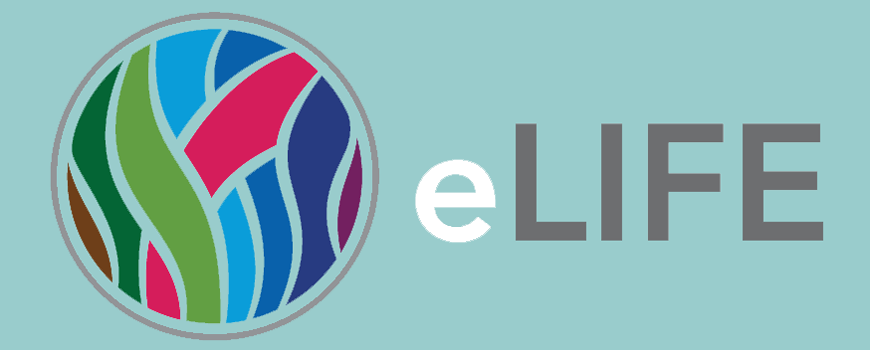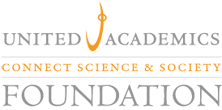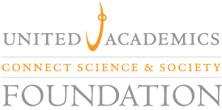Accelerating the transition to open access: with information about the NWO call for open access journals
One mouse click away from Open Access

ELife open-access journal to start charging fees
By Declan Butler| The open-access journal eLife is dropping one of its most distinctive features: free publishing. From 2017, it will charge a fee of $2,500 for all accepted papers.
Most open-access journals already charge for publishing, because they have few other ways to bring in cash. But eLife, which launched in 2012, has until now had its expenses covered by grants from three of the world’s largest private research funders: the Howard Hughes Medical Institute in Chevy Chase, Maryland; the Wellcome Trust in London; and the Max Planck Society in Berlin.
These backers want to create an elite online journal that can compete for authors’ best papers against leading subscription publications (such as Nature, Science and Cell), yet still be open access. The three funders set up the non-profit eLife organization, and have committed to provide it with £43 million ($56 million) over 10 years.
The journal now needs another revenue stream to put its publishing business on a more sustainable footing as the number of papers that it receives increases, says its executive director Mark Patterson, in Cambridge, UK. ButeLife will still rely heavily on its grants, he says. By charging some fees, eLife will be able to scale up its publishing operations and free up grant money to develop open-source tools for the research community. “Publishing science is a core activity, but it’s not all that we do,” he says.
The journal’s decision to start charging might mean that it loses some prospective authors, notes Kent Anderson, the former publisher of Science and now chief executive of the analytics firm RedLink in Westborough, Massachusetts. But Nick Golding, an epidemiologist at the University of Melbourne in Australia, says the new charge won’t put him off submitting manuscripts to eLife, which has published five of his articles since 2014. “Of all the journals I’ve published with, eLife has impressed me the most. It’s often difficult to find open access fees, but eLife is one journal I’d be very happy to pay for,” he says.
Pick a fee, any fee
Open-access journals charge a wide variety of fees — a range that has sparked fierce debate over how much scientists should or could pay to publish a scientific paper. Highly selective open-access journals that reject most of their submitted papers tend to have higher operating expenses, and eLife, which last year accepted 15.4% of submissions, falls into that category.
The decision to ask for $2,500 puts eLife in the range typically charged by other open-access journals, Patterson says, such as those published by the Public Library of Science. And it is lower than those charged by competitors such as Science Advances ($4,600) andNature Communications ($5,200).
Unusually for scientific publishers, eLife is transparent about its publishing costs and has posteddetailed accounts of how it arrived at its fee. The charge does not cover all of eLife’s expenses; rather, it will cover ‘marginal costs’ — those that increase with each new paper the journal receives. These include salaries for scientific editors and staff who handle papers, payments for the third-party systems that process articles, and fee waivers for authors who lack sufficient funding to pay.
The journal will still depend on its backers to pay what it terms fixed costs, such as for technology platforms, infrastructure, marketing and other staff. The total publishing cost per article in 2017,eLife estimates, will be around £3,085.
That estimate deliberately excludes a large chunk of the organization’s expenses — around 22% last year — that go to what eLife calls “technology and innovation” activities, including the development of an open-source scientific publishing web platform, website redesigns and a partnership to develop open-source publishing tools.
Some publishers think that eLife should include these expenses in its estimates of per-paper costs, on the grounds that they are an integral part of publishing, says Anderson. But Patterson replies that publishers take different approaches as to how to account for such costs in author charges.
Anderson says that now that eLife has entered the crowded market of fee-charging open-access journals, he is not convinced that its offering will set it apart from competitors. “We have pricing- and value-based horse races now in the open-access market, and eLife is taking a lane. I don’t see anything to suggest it will lap the field.” Read more

